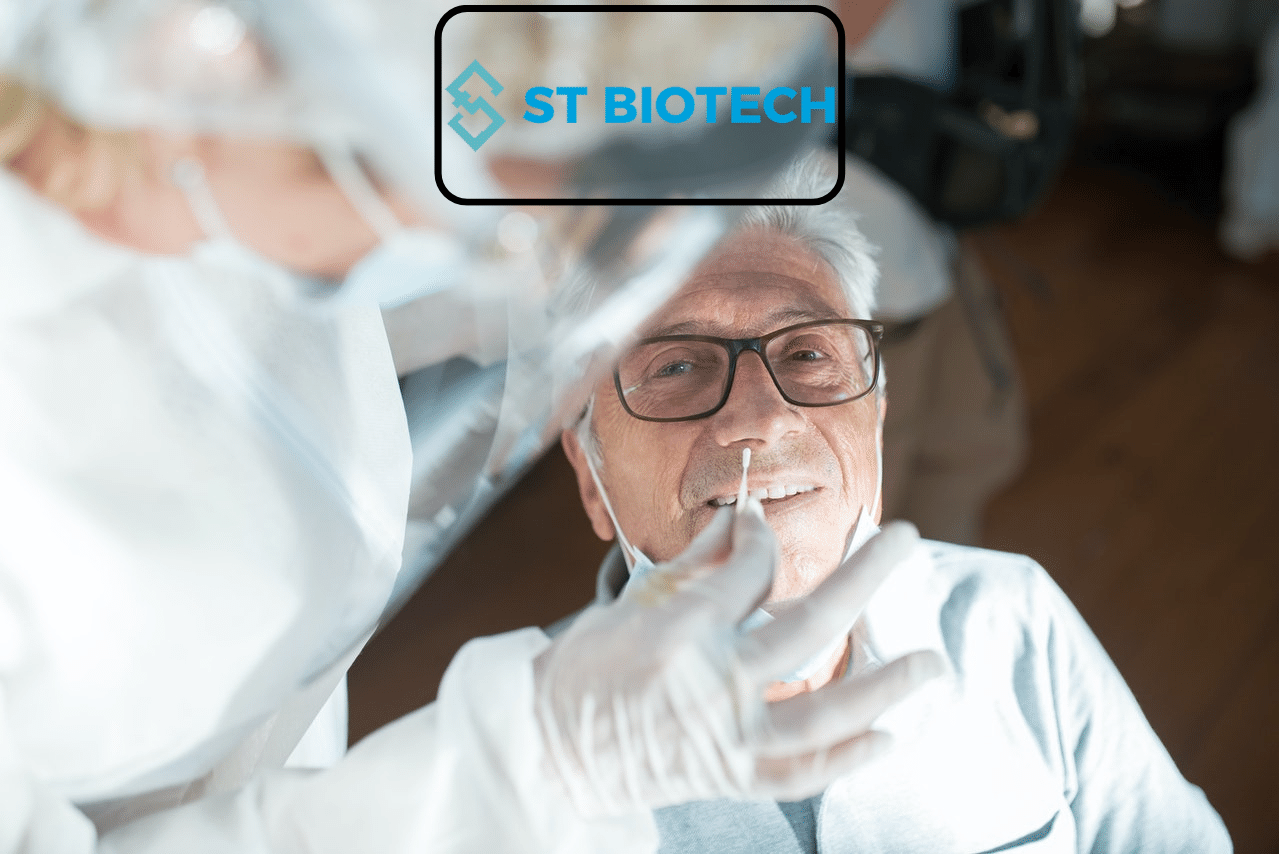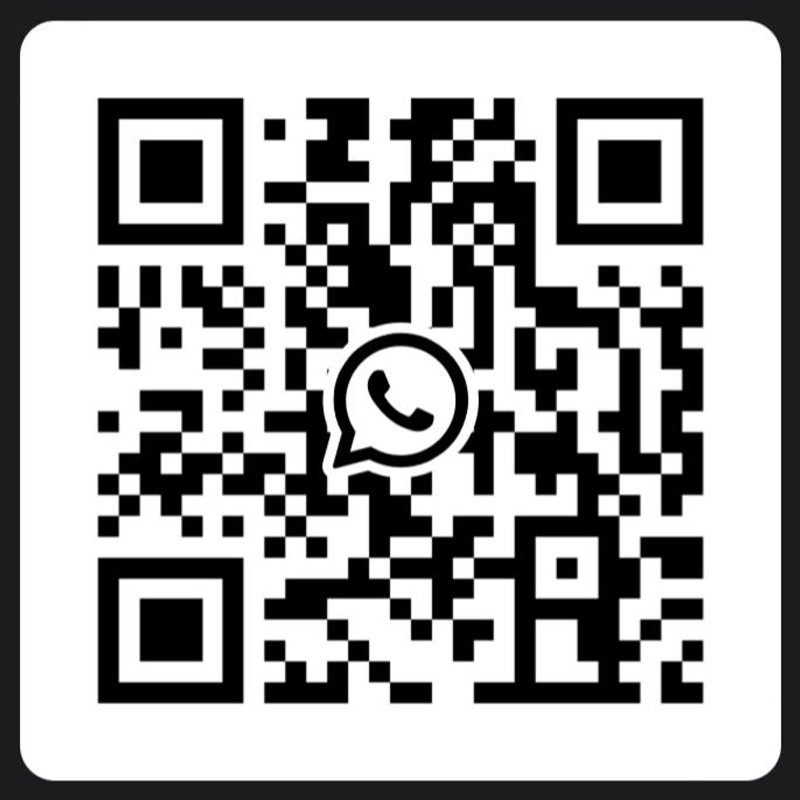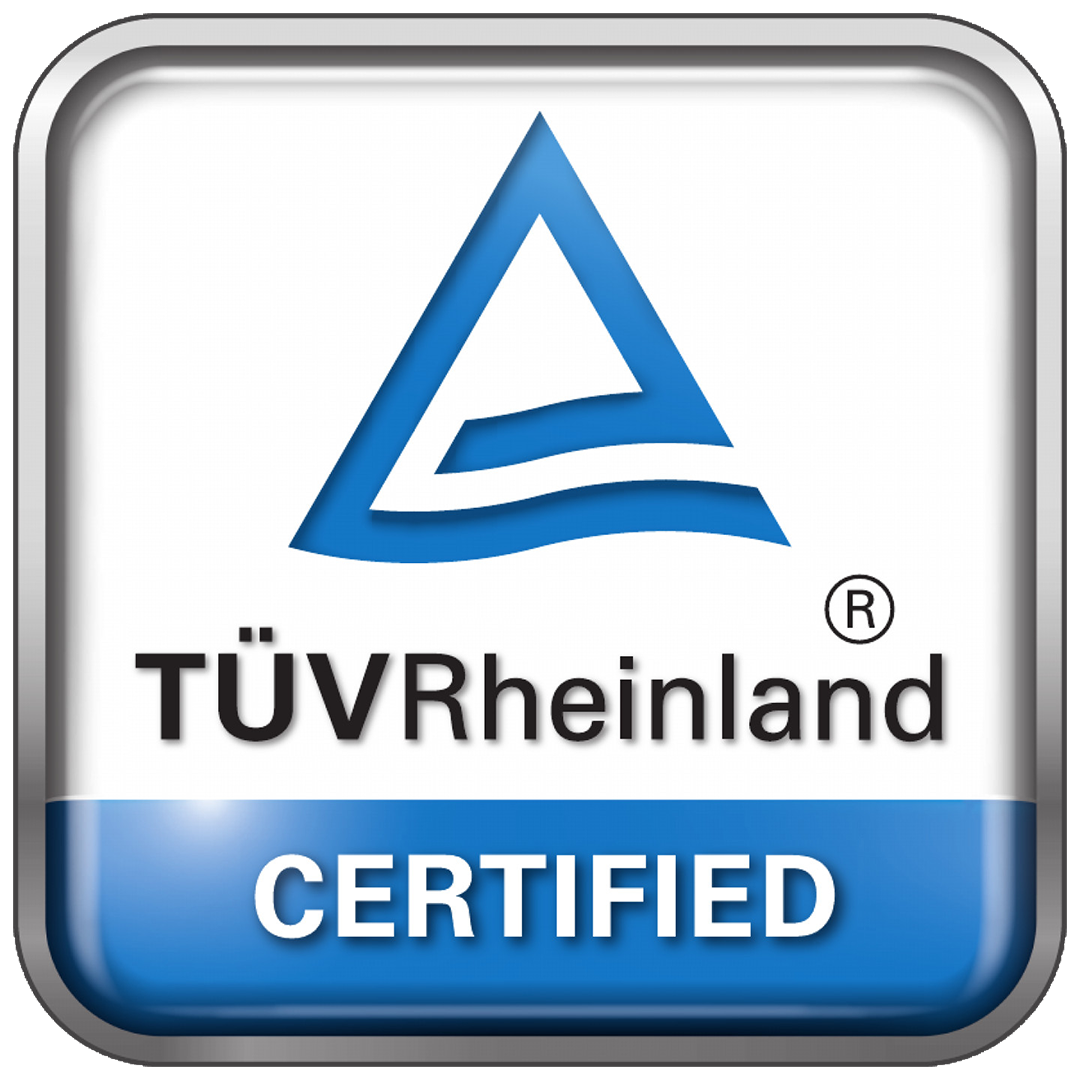Covid-19 is a disease caused by infection with severe acute respiratory syndrome coronavirus that causes severe acute respiratory syndrome (SARS-CoV-2). When it comes to diagnosing Covid-19 in adults and children, the utilization of nasopharyngeal samples from the surface of the respiratory mucosa is effective. Other individuals who have a suspected respiratory infection caused by another virus or bacteria are frequently evaluated using this approach. This article shows the collection of nasopharyngeal specimens to detect Covid-19.
There are no specific contraindications to using nasopharyngeal swabs to collect specimens from the mouth. The patient may have undergone nasal surgery or trauma, have a seriously deviated septum or be afflicted with chronically blocked nasal passages or severe coagulopathy. In that case, clinicians should exercise caution in their treatment decisions.
What are the types of nasal swab tests used in identifying COVID19?
You may be subjected to COVID-19 diagnostic tests to determine whether or not you are currently infected with the virus that causes coronavirus disease in your area (COVID-19).
The following types of testing for the diagnosis of COVID-19 have been approved by the United States Food and Drug Administration (FDA):
Anterior Nasal Swab Test –
Anterior nasal swabs are used in the RT-PCR test, which is a technique that detects the genetic material of the virus using reverse transcription and polymerase chain reaction (RT-PCR). A fluid sample is obtained by inserting a long nasal swab (nasopharyngeal swab) into your nostril and sucking fluid from the back of your nose, which a health care practitioner performs.
An anterior nasal swab (mid-turbinate swab) or a very short nasal swab can be used to obtain a sample from the nose (anterior nasal swab). In some instances, the back of your throat may be tapped with a long swab by a health care practitioner (oropharyngeal swab). Alternatively, you can spit into a tube to obtain a saliva sample.
The analysis process may yield results in minutes; results from an outside lab may take 1 to 3 days — or longer in places with test processing delays — to be available after being forwarded to the lab. Even while RT-PCR tests are quite accurate when conducted by a trained health care expert, the quick test may miss some cases in some cases.
Nasal Swab antigen test-
The COVID-19 test detects the presence of specific proteins in the virus. Some antigen tests, which need a long nose swab to obtain a fluid sample, can provide results in minutes. Others may be referred to a laboratory for examination.
A nasal swab antigen test result is considered accurate if all directions are followed closely. However, there is a greater likelihood of false-negative results – that is, it is possible to be infected with the virus while yet receiving a negative outcome. Depending on the circumstances, an RT-PCR test to confirm a negative antigen test result may be recommended by the health care provider.
COVID Nasal swab collection procedure
1. Preparation
- Hands should be washed, and personal protective equipment (PPE) should be used. Fill out the CPL requisition form.
- The collection tube is labeled with the patient’s first and last name, date of birth, gender, time of collection, and collection date to avoid confusion.
- Before taking a swab from the patient, ask them to blow their nose.
2. Nasal Swab
- Remove the cap by gently unscrewing it.
- Put aside the swab once it has been removed from the sterile packaging.
- Other than the shaft of the swab, do not touch any other part of the swab at all.
- Afterward, put the tip of the swab horizontally into one nostril, at least 2 inches into the nostril, until resistance is experienced. Some patients may have an overwhelming need to sneeze or cough and watery eyes.
- Rotate the swab five times and then hold it in place for five to ten seconds to absorb any material that may be present.
- Carefully remove the swab from your mouth, careful not to touch the exposed tip.
- Put the swab shaft into the tube, snap the shaft at the designated line, or bend the swab to fit within the tube.
- To ensure that there is no leakage, screw the lid on tightly.
The following are the guidelines for the proper use of swabs:
- Swabs should not be used if there is evidence of damage or contamination, the expiration date has passed, the swab package has been damaged, or there are other symptoms of degradation.
- Only the suspected infection should be in touch with the swab when it is being used for the sample.
- Do not apply excessive force while collecting swab samples from patients, as this may result in the shaft of the swab being accidentally broken.
- Swabs should only be used once.
3. Appropriate Mode of Transportation
- Place the designated tube into the specimen bag and close the bag tightly to prevent air from escaping.
- Place the specimen bag’s side sleeve with the completed requisition form inside the specimen bag.
- Simply drop off the specimen you’ve collected at the given location, or call your courier to schedule a regular pick-up time.
Nasal Swab COVID test accuracy
Nasal swab tests for COVID-19 diagnostic testing are available at some locations. In that situation, you could receive your findings in less than an hour or on the same day as the exam. Other facilities may be required to send the test sample to a third-party laboratory for analysis. Your results may not be accessible for a few days if they need to send out the sample.
The result of your COVID-19 diagnostic test may be positive or negative.
The outcome was positive.
This indicates that you are currently infected with the virus that causes COVID-19. Take the necessary actions to look for yourself. Avoid infecting people with the infection.
You’ll need to self-isolate until:
- Your symptoms are improving.
- You’ve had a fever or pneumonia condition for at least 24 hours.
- Your symptoms have been present for at least five days.
Wear a mask for the next five days. If you don’t have a fever and haven’t had one in the last five days, you can be tested. However, if your test is positive, you should stay at home for an additional five days.
Your doctor may urge you to stay in isolation for a longer period if you have severe COVID-19 symptoms or a health condition that impairs your ability to fight the disease. If you have a positive test result but no signs, isolate for five days and then wear a mask for additional five days after the test.
The outcome was negative.
This indicates that you are not infected with the COVID-19 virus. However, depending on the date and quality of the test sample, a false-negative test result could occur. If you’re experiencing symptoms, keep away from other people. If your symptoms persist, your doctor may prescribe more testing.
Even if you test negative now, you may become infected later. To avoid the transmission of the virus, it’s critical to follow measures such as wearing a face mask in indoor public settings and washing hands often.




